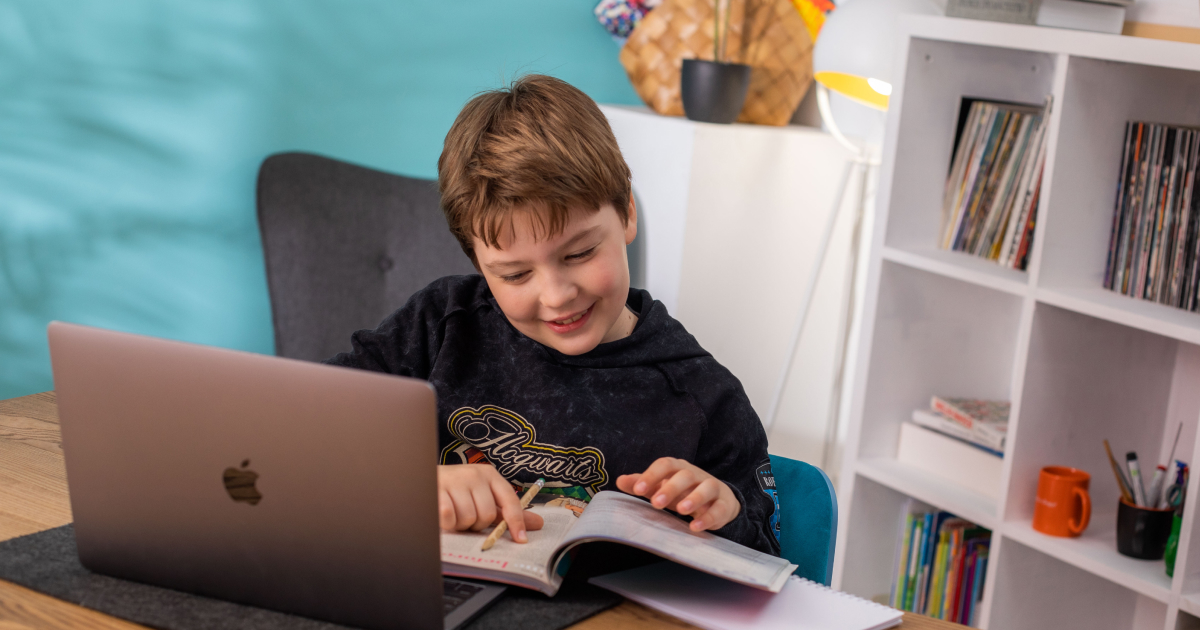Ways to practise grammar and vocabulary with flashcards
- Vocabulary
- Grammar
- Activities

24.04.2025
Travelling is always about discovery. New places, new people, different cultures and, of course, the language.
In any journey, a map is your best friend: it will help you find your way around, find the right address, plan a route or simply not get lost in an unfamiliar city.
So, a map is the perfect tool for an English lesson.
It helps students not only learn to navigate in a city, but also practice useful vocabulary, train their speech, and even dream a little about their future travels.
In this article, we have collected ideas on how to use maps in the classroom in an interesting and useful way.

Spark your English lessons with flashcards
Join our courseBeing able to navigate in English is a practical skill that pays off in real life.
It makes travelling easier, helps you feel more at ease in unfamiliar places, and improves your ability to follow directions in English — whether you’re exploring a new city or just trying to find your way around.
Of course, students will get bored reading the rules from a textbook and filling in the missing words.
You need to teach them through games and activities to make their learning time fun and useful.
Using map-based activities in the classroom helps students build multiple language skills at once.
They expand their vocabulary (e.g. names of places and buildings), practise prepositions of place (like next to, opposite, between), and develop their speaking through interactive tasks.
Now let's look at some ideas that you can use in your classroom right away!
How to create an effective ESL icebreaker?
Prepare a simple map — for example, a town plan with a few streets and several marked locations, such as a park, a hospital and a café.
Leave some blank spaces — squares or buildings with no labels or drawings.
Your students’ task is to listen to your instructions and write in or draw the correct items in the correct places.
For example: “There’s a bakery next to the post office, on the left side of Main Street.” “Draw a school opposite the library.” “Put a hospital between the supermarket and the cinema.”
It keeps students actively involved — they’re not just listening, but making decisions and applying what they hear.
Students receive a fully completed map with streets, buildings, parks, stations, bus stops, and so on. You give them directions from one point to another.
For example: “Start at the train station.” “Walk straight down Oak Street.” “Turn left at the second intersection.”
Students follow the directions on the map and mark the destination. They can also draw a line to show the route.
This activity helps practise useful vocabulary such as go straight, turn left/right, cross the street, go past, etc.

Students create their own maps — these might be real, imaginary, or themed locations.
On their maps, they label key places: parks, shops, rivers, bridges, houses and more.
Then they swap maps with a partner. Each student must look through their partner’s map carefully and describe it aloud.
This encourages learners to:
Give students a completed map filled with various buildings and locations.
Then read aloud a series of statements describing where things are. Some will be true, others intentionally false.
Students must listen carefully, compare what they hear with the map, and decide whether each statement is true or false.
For example:“The cinema is opposite the school.” — False (It’s actually next to the supermarket.)
This activity works well as a warm-up, a revision task, or a quick critical thinking challenge.
It sharpens listening skills, reinforces vocabulary for places in town, strengthens understanding of prepositions, and develops attention to detail.

Synonyms teaching ideas
Read moreStudents use Google Maps to complete a variety of tasks based on real locations, route planning, and describing familiar places.
Here are two ways to use this activity:
Option 1: Follow the route
Give students a starting point (e.g. their school) and a destination.
Their task is to find the route and describe it in English — either in writing or aloud.
They should explain how to get there and mention any landmarks along the way.
For example: “Walk along Main Street, then turn right at the cinema. The museum is opposite the bookshop.”
Option 2: My favourite place
Students choose a favourite location — a café, park, gallery, or another spot they like — and create a short guide.
They describe how to get there, what makes it special, and the best time to visit.
Using Boards in ELTs
Map-based tasks like these take learning beyond the textbook.
They require little preparation but offer rich language practice.
Students stay engaged, learn practical vocabulary, and apply English in real-life contexts.
Kateryna Kuchynska
Author
Content Manager | Teacher of General English
Comments
Leave your comment